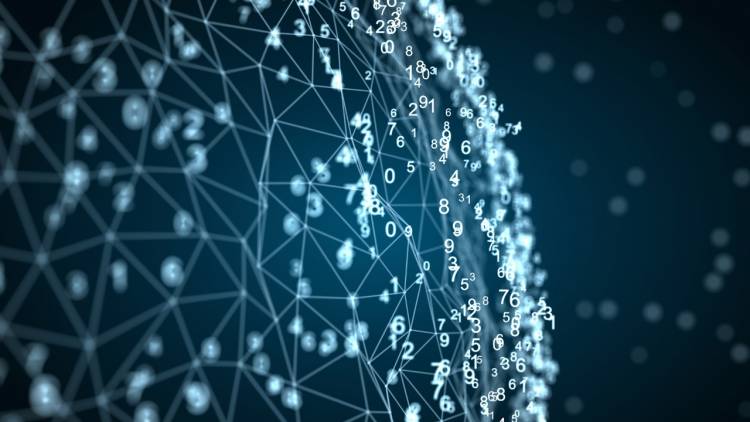Blockchain is a revolution

Blockchain is a revolution.
Blockchain is a revolution perfectly comparable to the appearance of the personal computer, or to the development and popularization of the internet. It is possibly one of the most important and fundamental changes we will see in our lives, with the potential to change everything.
Everything is blockchain. Or at least, everything will be. It is relatively easy to reach that conclusion from a simple news review:
Over the last months, without going any further, we can find mentions about the fundamental and crucial role of this technology in power generation companies, in the redefinition of the music industry, in the security of food preservation in distribution, in the future of the insurance industry, in the real estate sector, in the elimination of corruption in politics or, of course, in banking, among many others.
Blockchain has become the technology of infinite uses, the element to be incorporated into all processes, and the foundation on which our entire future will be built. No matter what you do, your level of responsibility or the company you work for: one way or another, you can be sure that many of the elements you will handle in your relationship with the world will be built on the basis of technology blockchain
For a technology conceptualized for the first time in 2008 and originally linked to an application as difficult to apprehend as a digital cryptocurrency, bitcoin, the level of attention and relevance is completely unusual. In a sense, the most complex task that blockchain as technology has had to overcome is to be able to part with the complicated inheritance that links it to bitcoin and see how it was quickly adopted for applications of all kinds.
The first question is fundamental: understand what we are talking about. In that sense, the book in his hands is, quite possibly, the best treaty written so far on blockchain at a reasonably accessible level of understanding.
But don't just read it: also, try to project your activity, your experience and your knowledge about what you are reading and assimilating. You will find a didactic text full of examples, which explores not only the facts and their consequences, but also the existing problems, how they can be solved and the implications of each case, of each application. It is, in fact, a true treatise, in all the extension of the word, a map to orient itself in what is, without a doubt, the most relevant emerging technology since the appearance of the internet.
Let's explain. The first four decades of the internet have brought us email, the global computer network (world wide web), electronic companies, social media, the mobile network, cloud storage and the first days of the "internet of things ». The Internet has served to reduce the costs of researching, collaborating and exchanging information. It has allowed the emergence of new media and entertainment, new ways of trading and organizing work, and digital companies like never before. Thanks to sensor technology, it has incorporated intelligence in our portfolios, in our clothes, in our cars, in our buildings, in our cities and even in our biology. It is occupying our environment so much that it will soon not be necessary to "access" the network because we will work and live immersed in an ubiquitous technology.
The operation of the world registry Large banks and some governments are using block chains as distributed registers with the idea of revolutionizing the way information is stored and transactions made.
Their aspirations are commendable: greater speed, lower costs, more security, fewer errors and elimination of central points that can be attacked or fail. These models do not necessarily involve the use of cryptocurrencies. However, the most important and far-reaching blockchains are based on the Satoshi model. Let's see how this model works.



















